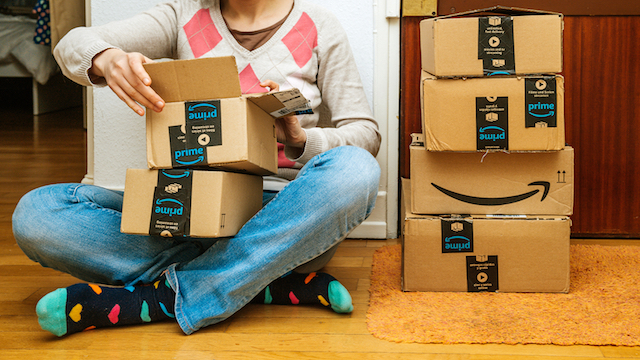The last decade of e-commerce has seen massive advancements in technology. We’ve seen disruptors shake up the retail industry, and consumers continue to drive evolution by setting the benchmarks higher and higher.
But while we have seen many businesses succeed, we have also seen many struggle. This is why it is essential to plan for what’s next on the retail horizon and leverage these advancements for future growth.
Amazon
Amazon may have its roots as a marketplace, but the way it is shaping the industry goes far beyond this. Amazon is now the third-largest digital ad platform in the US and is gaining momentum across Europe and the Asia-Pacific region. As it inches further into the folds of the Google-Facebook duopoly, Amazon’s digital-marketing prominence is yet another reminder of the role the platform plays in every online seller’s strategy. Amazon isn’t afraid to innovate and invest in new technologies. Selling, fulfilment, advertising—the opportunities for retailers are enormous and Amazon’s footprint is only set to expand.
Social
The number of social network users worldwide continues to grow, expected to pass 3 billion this year. The four leading social networks—Facebook, Instagram, Snapchat, and Twitter—are still gaining users worldwide and growth is concentrated in Asia-Pacific, with more than 1.73 billion people using social networks last year.
Like Amazon, social platform Facebook has continued to shapeshift as the e-commerce landscape has evolved. After growing its global base to a massive 2.45 billion active users and cornering the social media market, Facebook has clearly embraced e-commerce as its next phase of growth. From dynamic ads to shoppable stories, this social network has changed the shape of the purchase funnel. No longer just a place to gain inspiration or check out reviews, consumers can add to basket instantly whenever the mood strikes. It also allows retailers to get the right products in front of the right people. Look out for changes in the payment space as consumers continue to adapt.
Direct-to-consumer selling
With marketplaces and social continuing to change how consumers shop, the impact of direct-to-consumer selling will continue to surge. The line between manufacturers and retailers has continued to blur and it’s clear that empowered consumers are more than happy to buy directly from their favourite brands. As early as 2017, more than half were purchasing products from manufacturers when given the option. Moving into this year and beyond, I believe D2C will remain a highly influential trend worth watching. The key here is friction-free shopping, whether that’s via apps, marketplaces or other platforms.
Adaptive pricing
As we move forward, data is more important than ever before. Be prepared to take a more data-driven approach to every element of your business, including pricing. Competitive dynamics is essential in this business environment and it’s where retailers can find their edge. It’s about making automated and instantaneous decisions about your products based on your profit margins, your strategy and your customer base. In this way, adaptive pricing allows a level of agility that sees results at every level. Dynamic solutions are key. If you have embraced marketplaces and social platforms, don’t let your pricing let you down at the last hurdle! Consider automatically adjusting products to match sales velocity and the competitive climate. Position your products smartly and align your listings across all relevant channels.
Optimised advertising

Whether it’s optimising product data feeds or conducting an in-depth advertising audit, finding the right mix of paid search, social media and marketplace advertising is vital. Retailers and brands need to fine-tune their advertising strategies to make sure they’re getting the balance right in all these areas. This sounds obvious, but with the changing shape of the buying cycle, many are still relying on old strategies that struggle to have an impact in the current e-commerce environment. Utilise the technology available to ensure your advertising budget drives maximum results.
Success in e-commerce is not only knowing what’s next; it’s about ensuring you’re ready to adapt at all times. Those who use the technology and platforms available to cut through the noise are the ones who will be able to truly leverage the opportunities now and into the future.






